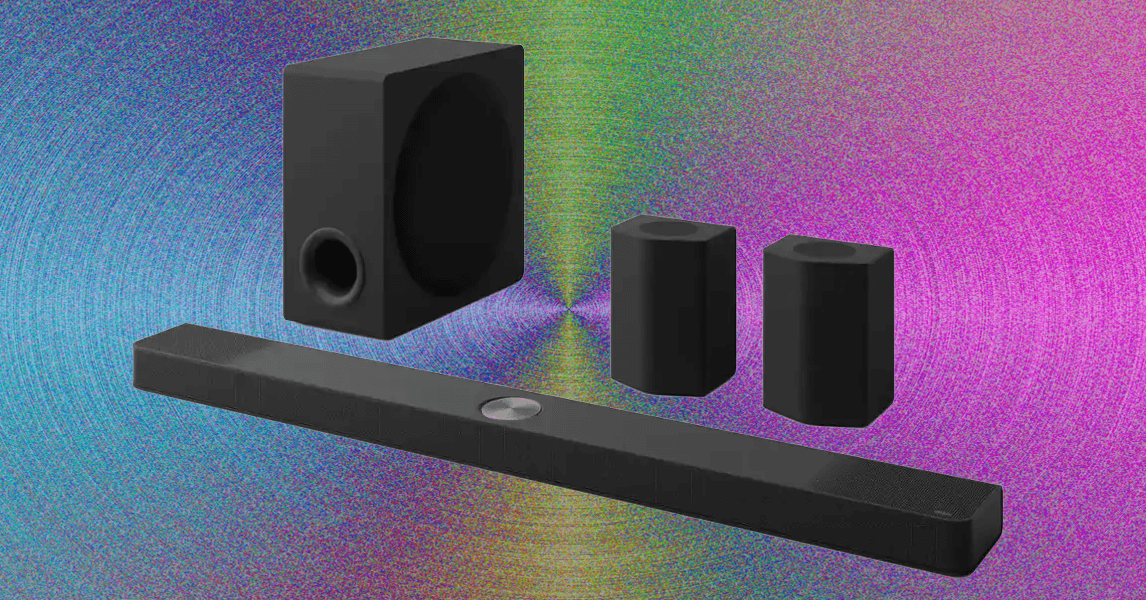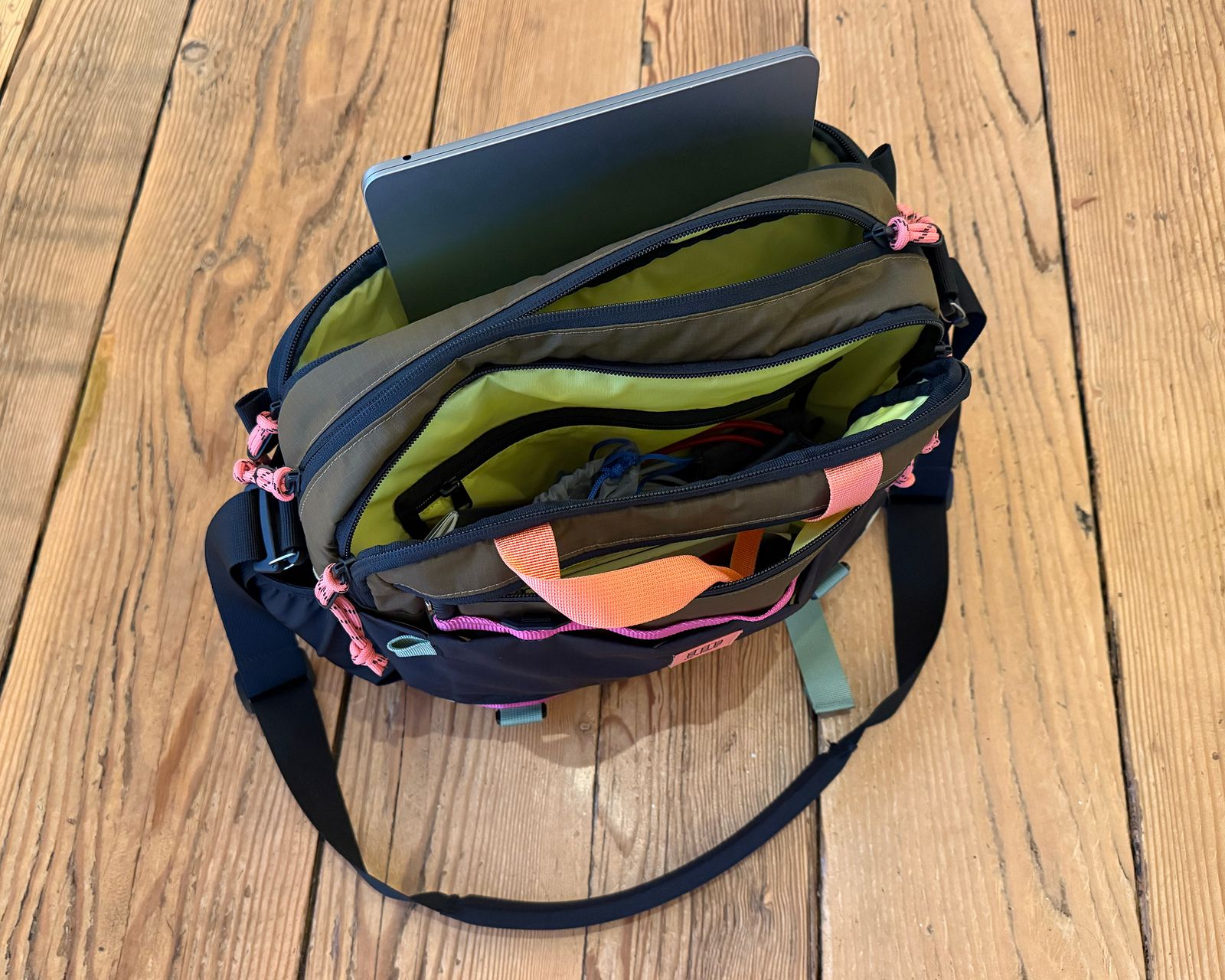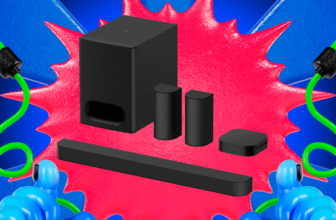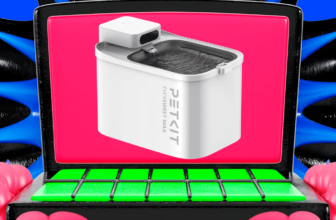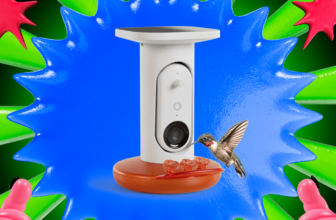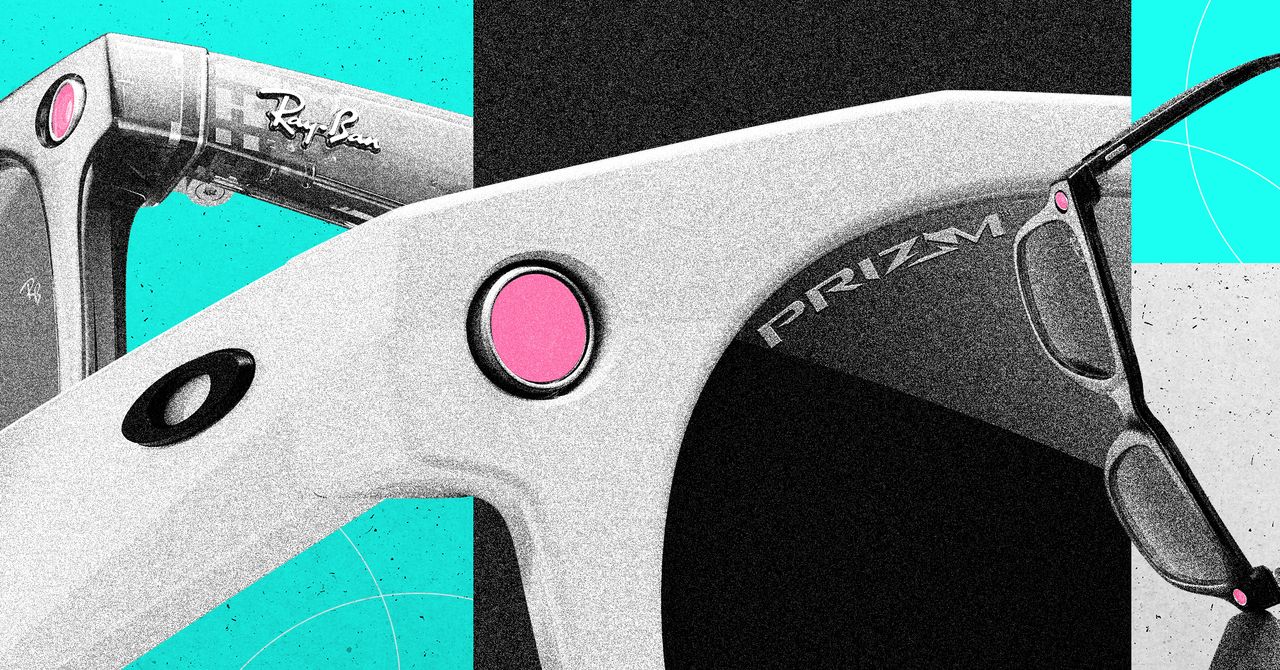
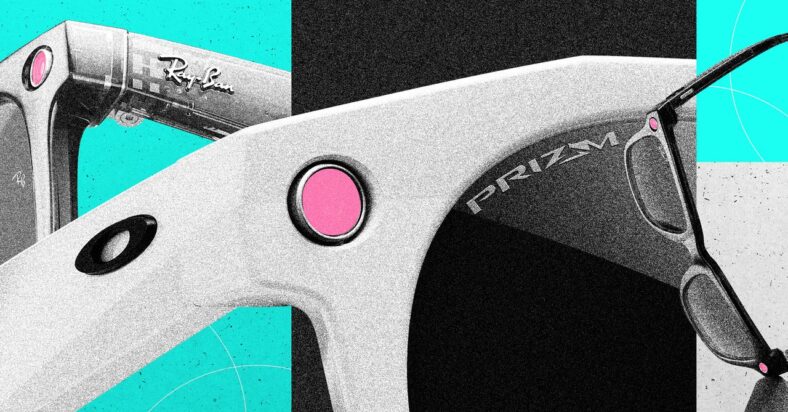
There’s a reason the first successful smart specs look like they’re from the 1950s. That extra thickness isn’t just retro flair, it’s hiding a processor and a battery. But that technical constraint creates a creative opportunity: In the right frame, smart tech can disappear. And transforming functional, medical-grade eyewear—like prescription glasses—into stylish, mass-market fashion accessories is exactly what EssilorLuxotica does best.
Still, blending smart tech with high fashion isn’t without risk. Do those two worlds really want to share a nose bridge? “Meta and EssilorLuxottica hope this collaboration will be one of the first successful attempts to integrate high-tech applications, like AI, into luxury products,” says Quillin, “While the Ray-Ban partnership appears successful so far, it’s unclear whether consumers will embrace tech features built into high-end products like Prada, Chanel, or Versace eyewear.”
Meta, for its part, is betting on convergence. The company sees a future where fashion and tech are inseparable. In a note titled “Personal Superintelligence,” Zuckerberg imagined a future where “personal devices like glasses that understand our context—because they can see what we see, hear what we hear and interact with us throughout the day—will become our primary computing devices.” That vision of AI-integrated eyewear shows just how deeply Meta believes the future will be both wearable and always on.
We might see the first glimpse of Zuckerberg’s wearable future as soon as September. Bloomberg reports that this is when Meta will unveil its latest smart glasses, complete with a heads-up display, that will supposedly drop later this fall with a starting price of around $800.
The Competitive Firewall
Still, while Meta may have taken the first credible swing at consumer-grade smart specs, it’s hardly alone. Google has quietly rebooted its wearable ambitions after the much-memed demise of Google Glass, acquiring smart-glasses startup North in 2020, and reportedly working with manufacturers like Samsung and Qualcomm to develop an XR (extended reality) ecosystem.
Then, in July, Google doubled down with a $100 million investment in Gentle Monster, the South Korean eyewear brand known for its fashion-forward, tech-ready designs. Together, they’re developing a next-gen pair of smart glasses that will supposedly fuse AI capabilities with high-end aesthetics—less cyborg, more catwalk.
Apple, true to form, is trying to play the long game. The Vision Pro was never meant to live on your face full-time, but it’s a stepping stone. In choosing to tackle the far trickier problem of fully immersive VR first, Apple effectively bet on the wrong horse—pouring effort into a technology that’s dazzled reviewers but hasn’t won over the average consumer.
Courtesy of Google
Meta, by contrast, staked out a beachhead with simpler AR glasses that looked like something people might actually wear in public. Now, reports from Bloomberg and The Information suggest Apple is working on lighter, more wearable AR glasses, though they may be years from release. When they do arrive, Apple will have the advantage of polished software and its own global retail footprint, while Meta is racing to secure the same distribution advantage via EssilorLuxottica.
Snap CEO Evan Spiegel, meanwhile, has long bet on AR. Snap has invested more than $3 billion over the past 11 years to build its own AR platform. Meta, by contrast, spends more than that every quarter through its Reality Labs division, which is focused on both AR and VR—but still, Snap’s persistence underscores just how long the runway is for this market.

